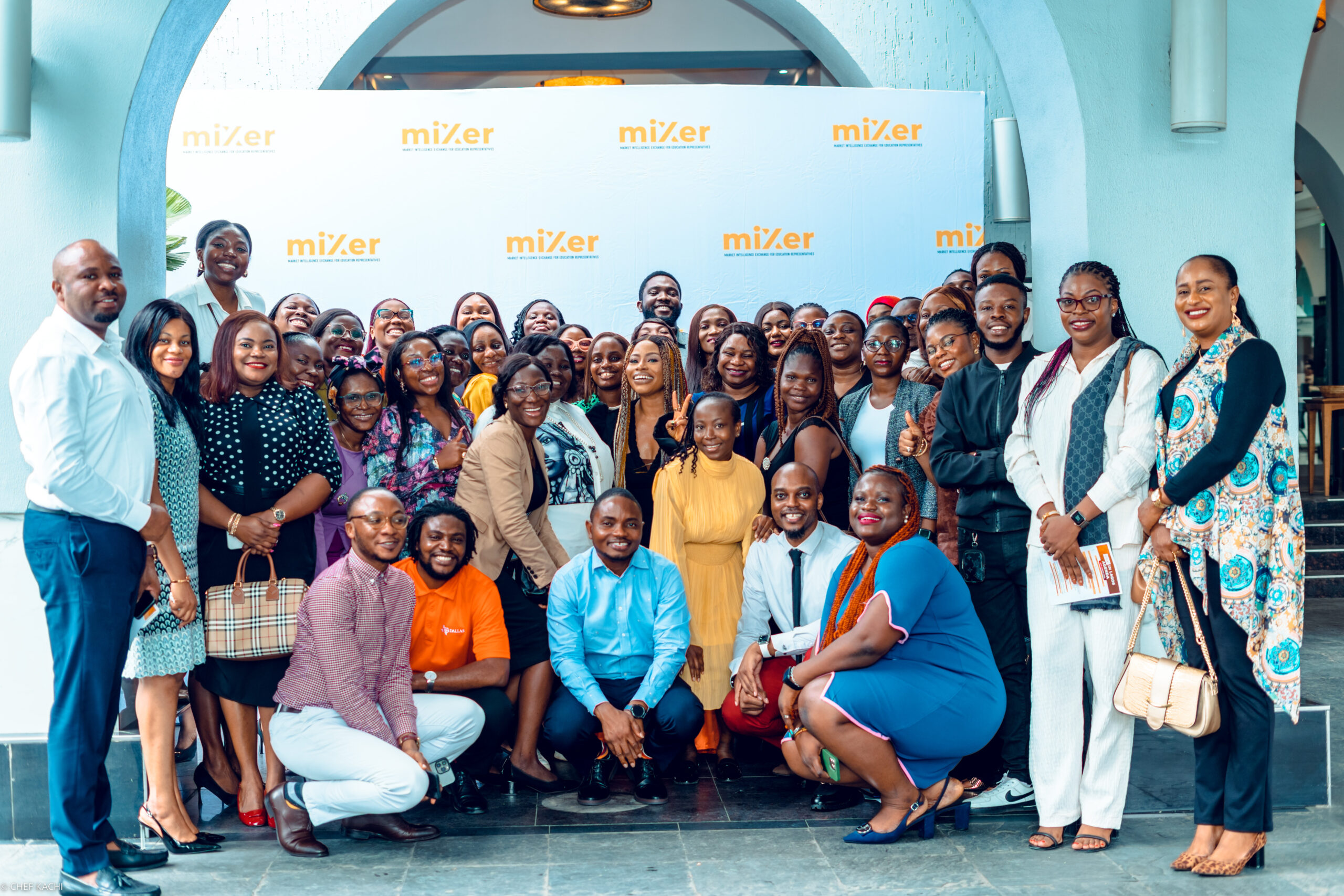In the vast and diverse landscape of international education, one country shines brighter than the rest: the United States of America. Lately, all the buzz about the US being the top destination for international students, especially from India, has been hard to ignore. And honestly, who can resist the charm of the “American Dream?”. The US education system seems to offer it all—top-notch universities, cutting-edge research opportunities, abundant scholarships, and a crash course in global citizenship.
But amidst the glitz and glam, there’s a story that’s been brewing beneath the surface, one that I have uncovered through recent conversations with friends and colleagues in the US education sector. It’s a narrative that goes beyond the headlines and success stories, to shed light on the challenges faced by in-country university representatives, the silent champions propelling the growth of the US as the preferred destination for international students.
- Battling the competition: With every US institution eyeing for attention in the Indian market, the competition has turned fierce. While applications soar, behind the scenes, university reps are doubling down on recruitment efforts, from endless recruitment tours to innovative engagement initiatives, just to stand out in the crowd.
- The scholarship shuffle: As students increasingly negotiate directly with US institutions for better scholarship offers, in-country reps find themselves in the middle of intense conversations, often racing against the clock to secure better scholarship offers. It’s a high-stakes game that requires constant liaison with admissions offices and quick thinking on their feet. Think of it as a bargaining session in a bustling bazaar. Students are rolling up their sleeves and haggling for better deals with universities. It’s a back-and-forth dance where every negotiation counts
- Visa woes: With rising visa rates casting a shadow of uncertainty, reapplication hurdles and limited appointment slots add further layers of complexity. In most of these scenarios In-country reps find themselves holding their breath, while students are left in a state of limbo.
- Safety and security scares: Recent reports of violent incidents in US cities like Chicago, Boston, and Indiana have heightened parental concerns in India. With escalating safety concerns, discussions with Indian parents have become more pressing, further complicating the role of in-country reps. These conversations require a delicate balance of reassurance and transparency, as reps work tirelessly to address parental worries and maintain trust in the US education system. It’s a challenging tightrope to walk, but one that underscores the importance of prioritizing student safety above all else.
Despite the myriad challenges they are currently facing, the US in-country university representatives have been persistently employing a range of solutions and strategies to overcome these hurdles. Notably, they are increasingly focusing on Tier 2 cities to expand their outreach and diversify the student pool. Moreover, there has been a noticeable uptick in engagement with key stakeholders, underlining the importance of strong relationships and support provision. US Universities have also been organizing targeted workshops on scholarships, employment opportunities and tips to ace the applications, garnering appreciation from the sector. Additionally, collaboration between universities and US embassy officials and government agencies is on the rise, advocating for streamlined visa processes and enhanced transparency to address visa-related challenges. These initiatives showcase the resourcefulness and determination of in-country representatives as they navigate the challenges of the education landscape with perseverance and creativity.
In conclusion, the journey of in-country university representatives from US institutions speaks volumes about their dedication to students’ success and well-being. While they may operate behind the scenes, their impact is profound, ensuring every aspiring student can reach for the “American Dream” through higher education. Let’s ensure their invaluable contributions and insights are not only acknowledged, and celebrated, but also integrated into every narrative of growth and success surrounding US education.




